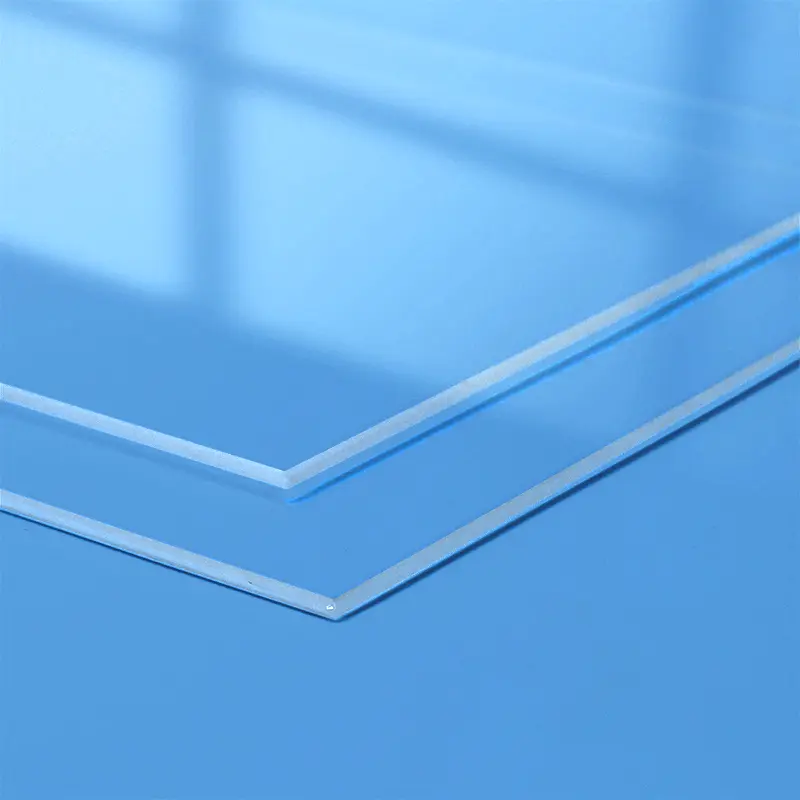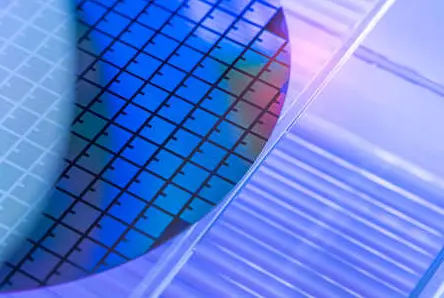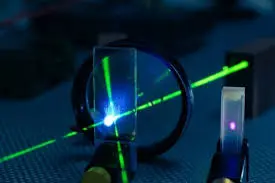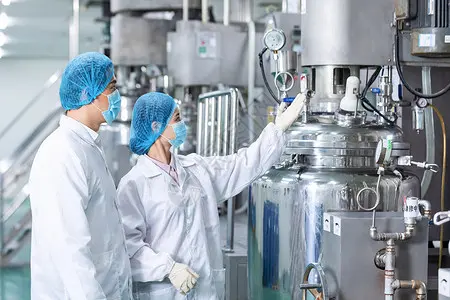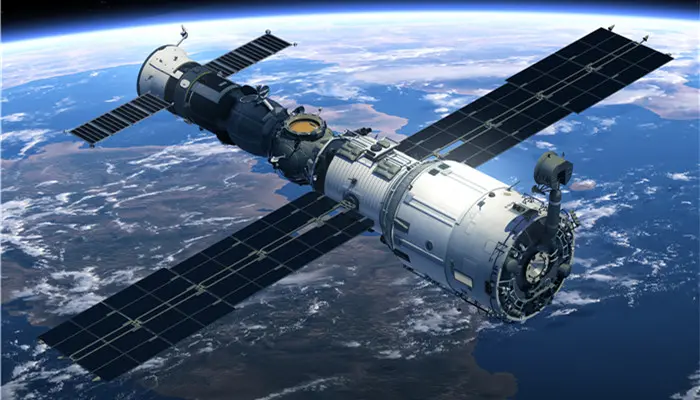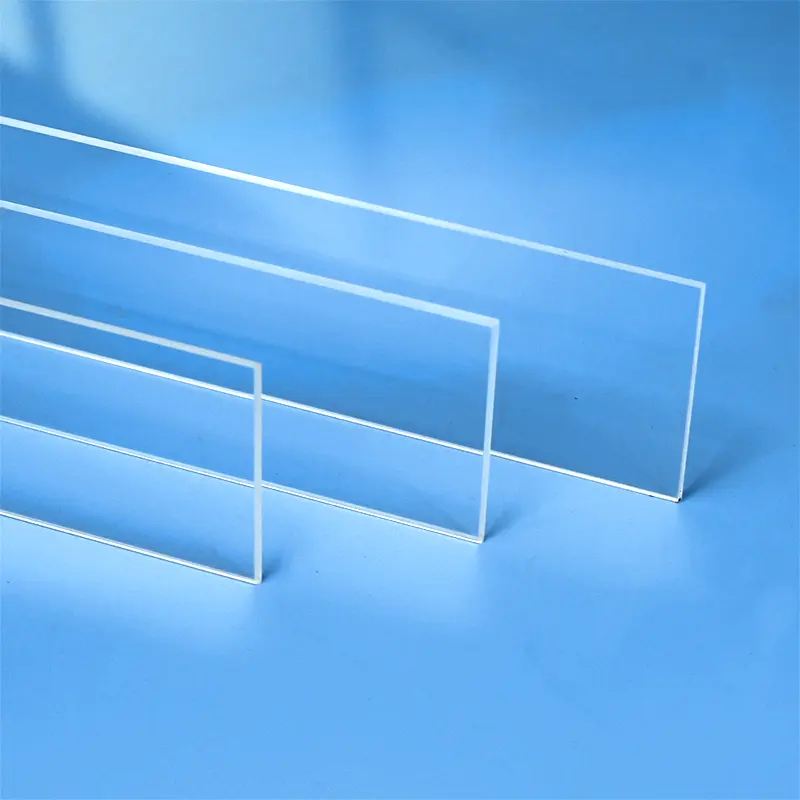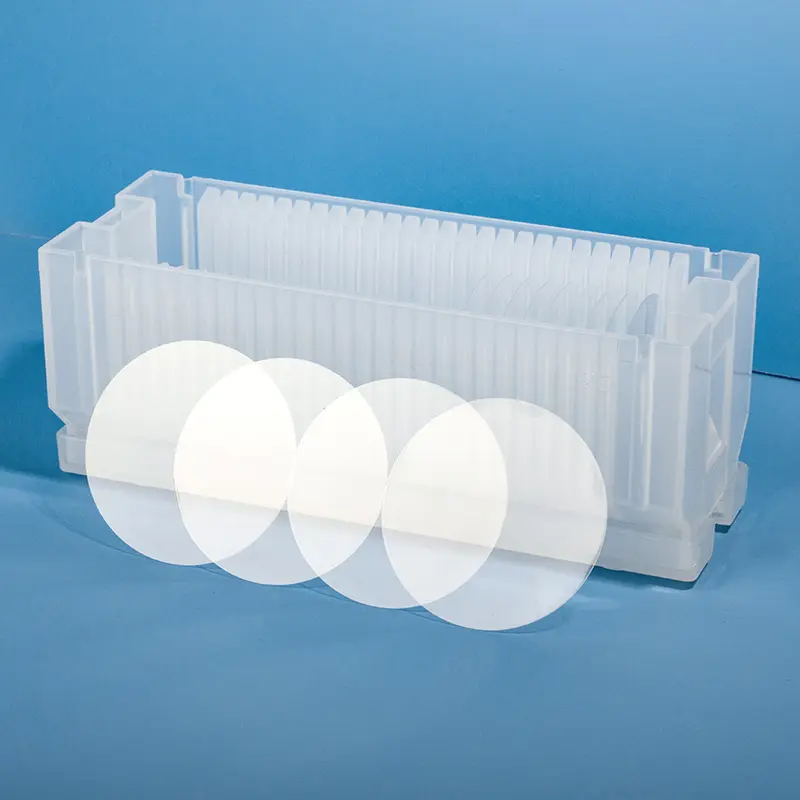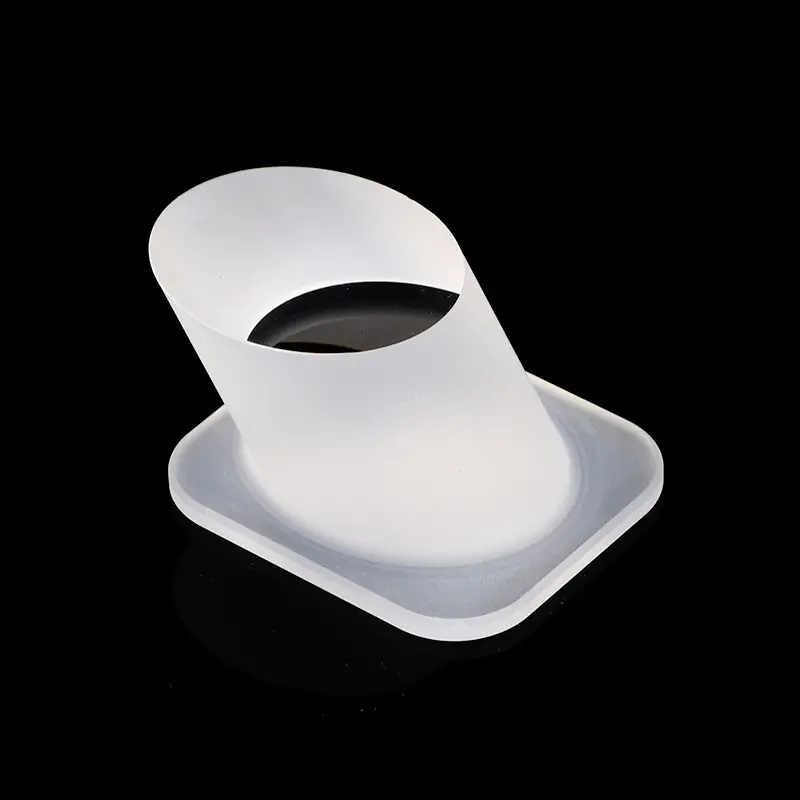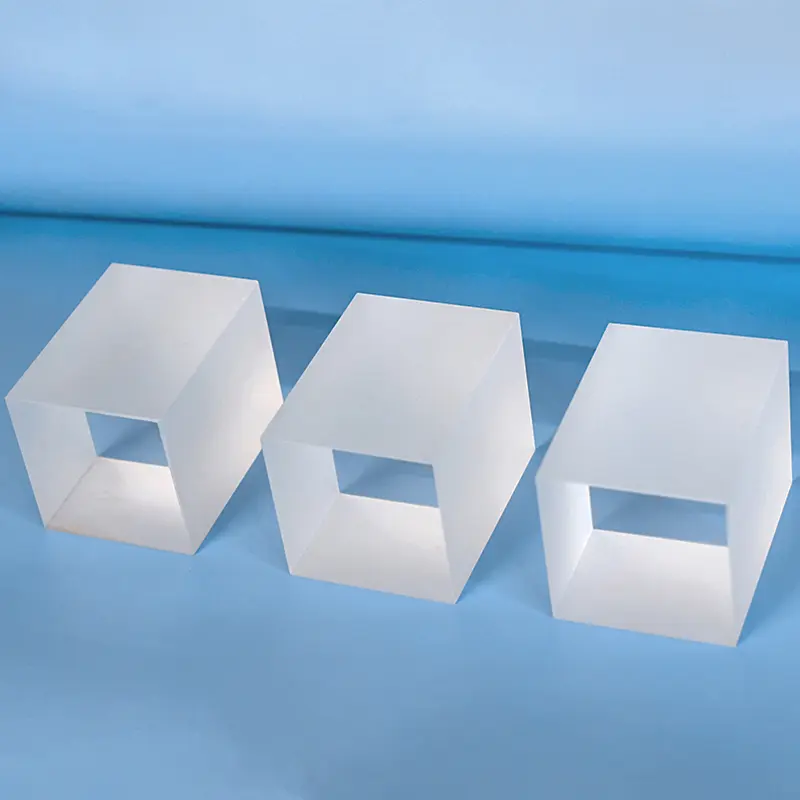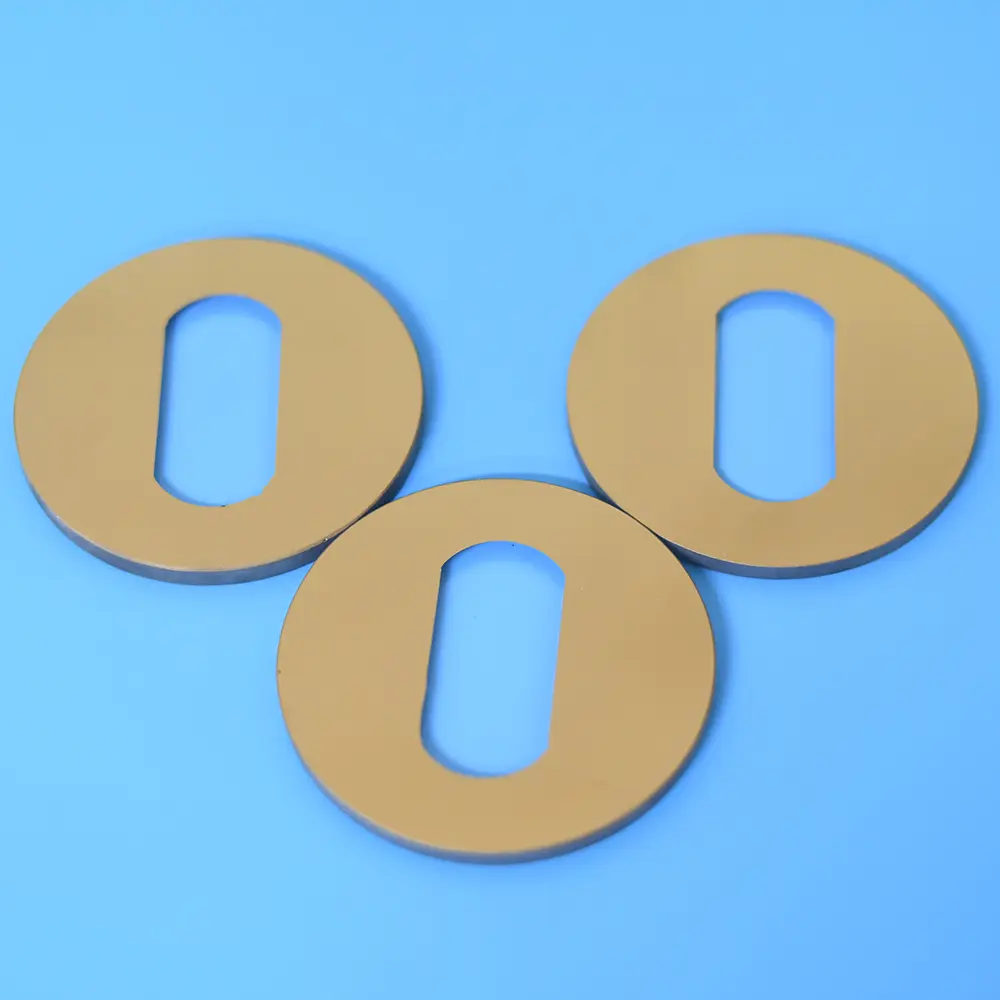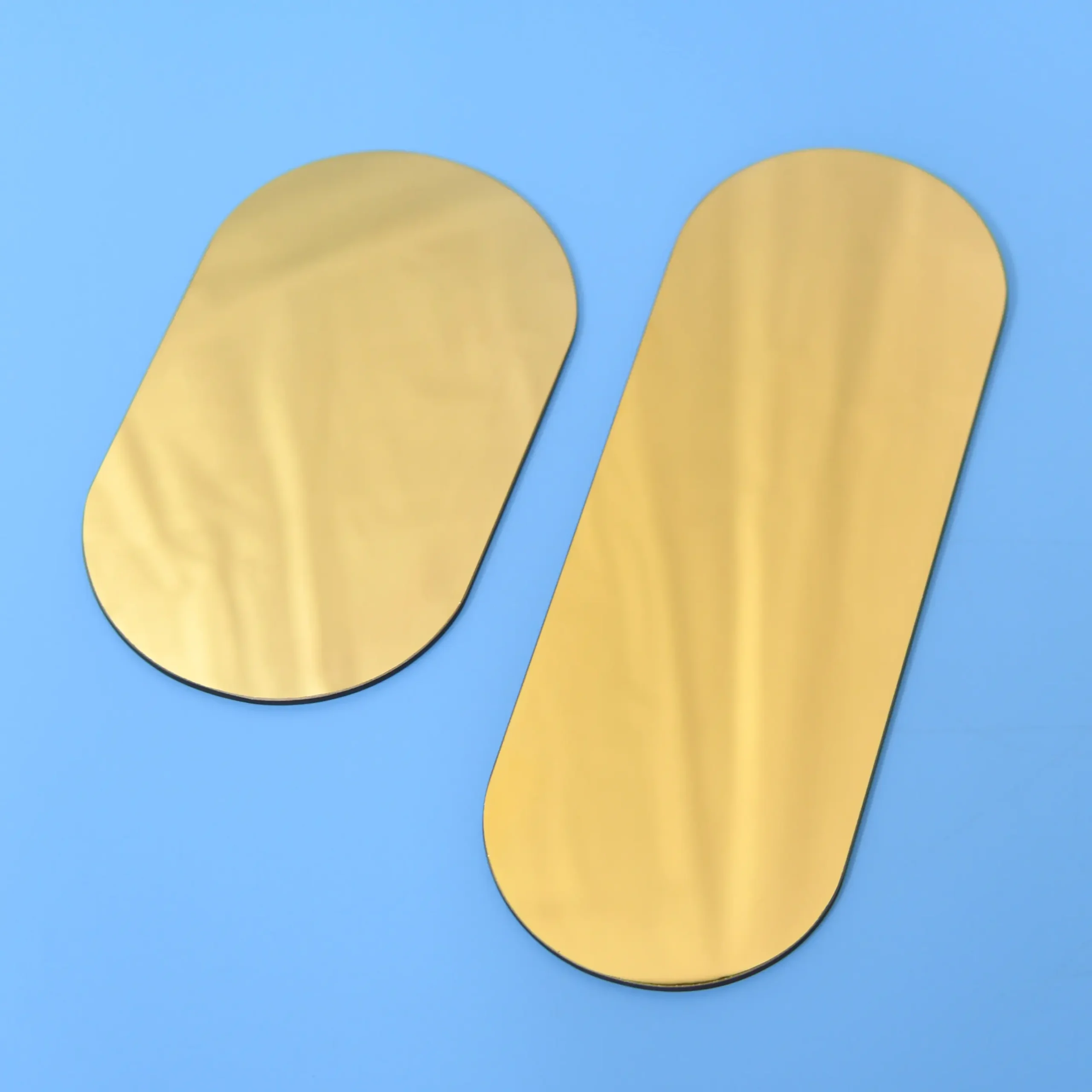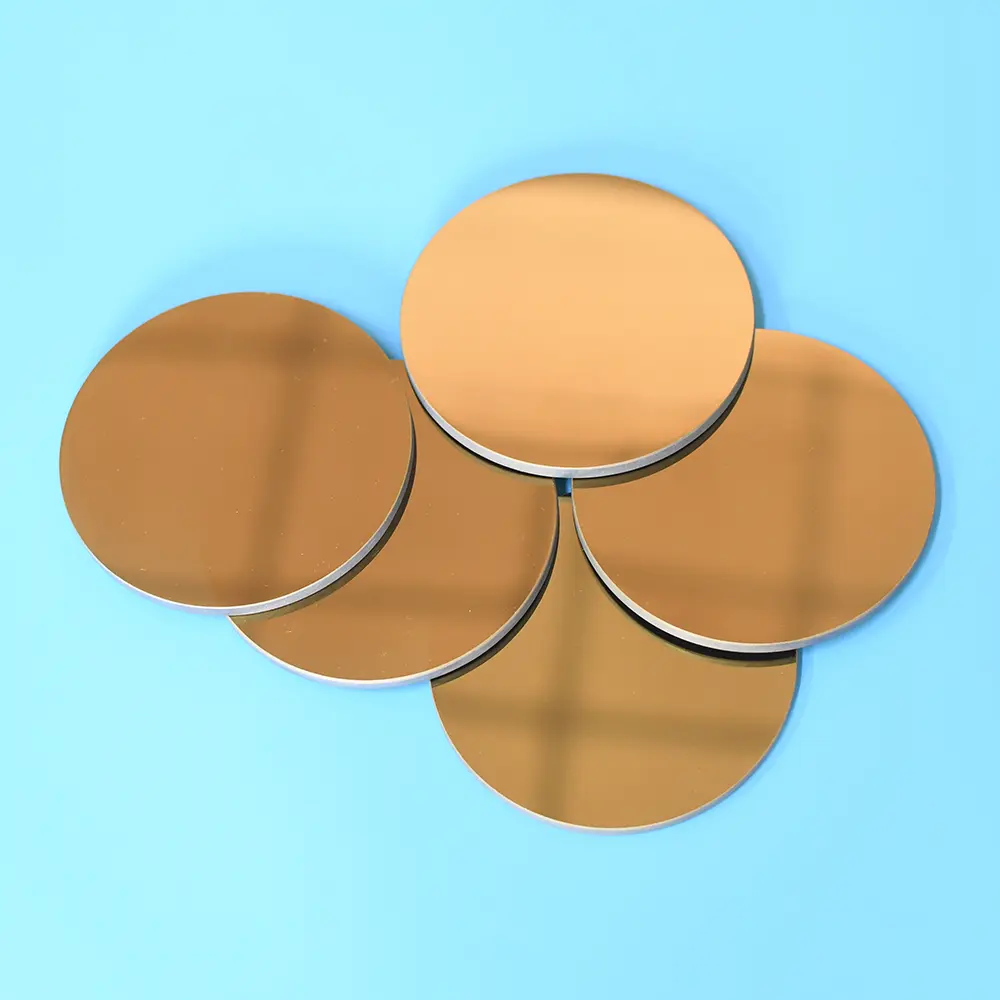Large-size quartz glass plates, characterized by their exceptional high-temperature resistance, corrosion resistance, and optical properties, are widely utilized in numerous fields such as semiconductors, optics, and high-temperature manufacturing. These plates are typically produced through a continuous fusion method and are available in various sizes and specifications to meet diverse industrial needs.
| 속성 콘텐츠 | 속성 값 |
|---|---|
| SiO2 | 99.99% |
| 밀도 | 2.2×10³ kg/cm³ |
| 경도 | 5.5 - 6.5 모스 스케일 570 KHN 100 |
| 인장 강도 | 4.8×10⁷ Pa(N/mm2)(7000psi) |
| 압축 강도 | >1.1×10⁹ Pa(160,000psi) 이상 |
| 열팽창 계수 | 5.5×10-⁷ cm/cm-°C(20°C-320°C) |
| 열 전도성 | 1.4W/m-°C |
| 비열 | 670 J/kg-°C |
| 연화 포인트 | 1730°C(3146°F) |
| 어닐링 포인트 | 1210°C(2210°F) |
| 스트레인 포인트 | 1120°C(2048°F) |
| 작업 온도 | 1200°C(2192°F) |
| 전기 저항 | 7×10⁷ 옴 cm(350°C) |
| 크기 | 사용자 지정 |
| 로고 | 맞춤형 로고 수락 |
고온 내성
Quartz glass plates exhibit exceptional thermal resistance, capable of operating continuously at temperatures ranging from 1100°C to 1250°C, withstanding temperatures up to 1450°C for short periods.
화학적 안정성
With the exception of hydrofluoric acid, quartz glass plates are inert to most acids and chemical reagents, making them highly suitable for use in chemical industries and laboratory environments.
Optical Performance
Quartz glass plates possess superior optical transmission, particularly in the ultraviolet (UV) region, making them an ideal material for manufacturing optical components and instruments.
Dimensional Versatility
Quartz glass plates can be produced in a wide variety of sizes and specifications to meet various industrial applications and customer requirements.
애플리케이션 시나리오
반도체 제조
Quartz glass plates are utilized as substrate materials in the semiconductor industry due to their exceptional thermal stability and chemical inertness. They serve as bases for growing semiconductor crystals, as photomasks in photolithography, and as components in etching and deposition processes.
Optical Device Manufacturing
Quartz glass plates play a crucial role in manufacturing optical devices, including fiber optic communications, lasers, and optical sensors. Their high refractive index, excellent transparency, and strong thermal stability make them a widely used material in the optics industry.
Aerospace
In the aerospace sector, quartz glass is a key component in spacecraft and space shuttles due to its high strength, low dielectric loss, high temperature resistance, and corrosion resistance. For instance, radiation-resistant quartz glass cover slips protect the energy systems of solar cells.
Large-size quartz glass plates exhibit excellent thermal resistance, capable of operating continuously at temperatures ranging from 1100°C to 1250°C and withstanding temperatures up to 1450°C for short periods. This makes them highly suitable for applications requiring high-temperature environments, such as semiconductor manufacturing and high-temperature experimentation.
In the field of optics, large-size quartz glass plates are widely used due to their high transparency, low refractive index, and excellent ultraviolet (UV) transmission. They can be used to manufacture optical mirrors, lenses, fiber optic communication components, lasers, and optical sensors. The optical performance of quartz glass plates makes them an ideal material for optical instrument manufacturing.
Large-size quartz glass plates demonstrate exceptional chemical stability, exhibiting inertness to most acids and chemical reagents, with the exception of hydrofluoric acid. This makes quartz glass plates very suitable for use in chemical industries and laboratory environments, such as for chemical experimental instruments, chemical pipelines, and reaction vessels, where they can maintain their performance without being eroded.
자주 묻는 질문
석영 유리는 우수한 물리적 및 화학적 특성, 매우 높은 기계적 경도, 우수한 전기 절연성, 고온 및 내식성, 낮고 안정적인 지연 성능, 우수한 빛 투과율 등을 갖춘 단단하고 부서지기 쉬운 소재입니다. 반도체, 광학, 전기, 화학, 항공우주, 자동차 및 기타 분야에서 널리 사용됩니다. 단단하고 부서지기 쉬운 재료는 가공이 어렵고 많은 분야에서 가장자리 붕괴가 적고 재료 손실이 적으며 단면 거칠기가 낮고 절단 두께 범위가 넓은 절단 공정이 절실히 필요합니다. 석영 유리의 전통적인 절단 방법은 기계식 절단, 즉 휠 절단입니다. 비 전통적인 절단 방법에는 워터젯 절단, 전기 화학 방전 와이어 절단, 연속 레이저 절단 등이 포함됩니다. 기계식 절단은 비용이 저렴하지만 휠과 재료 사이의 접촉으로 인해 공구 마모가 크고 재료가 공구에 의해 쉽게 오염됩니다. 석영 유리는 가장자리 붕괴, 미세 균열 및 잔류 응력이 발생하기 쉬우므로 재료의 강도와 성능에 영향을 미칩니다! 곡선 절단이 어렵고 연마 및 연마와 같은 후처리가 필요합니다. 레이저 절단은 재료에 직접 접촉하지 않고 접촉 응력이 없으며 복잡한 곡선 절단을 수행할 수 있습니다. 피코초 레이저는 작은 스폿 직경, 고정밀, 재료와의 짧은 작용 시간, 작은 작용 면적의 장점을 가지고 있으며 단단하고 부서지기 쉬운 재료의 가공에 적합합니다.
。

